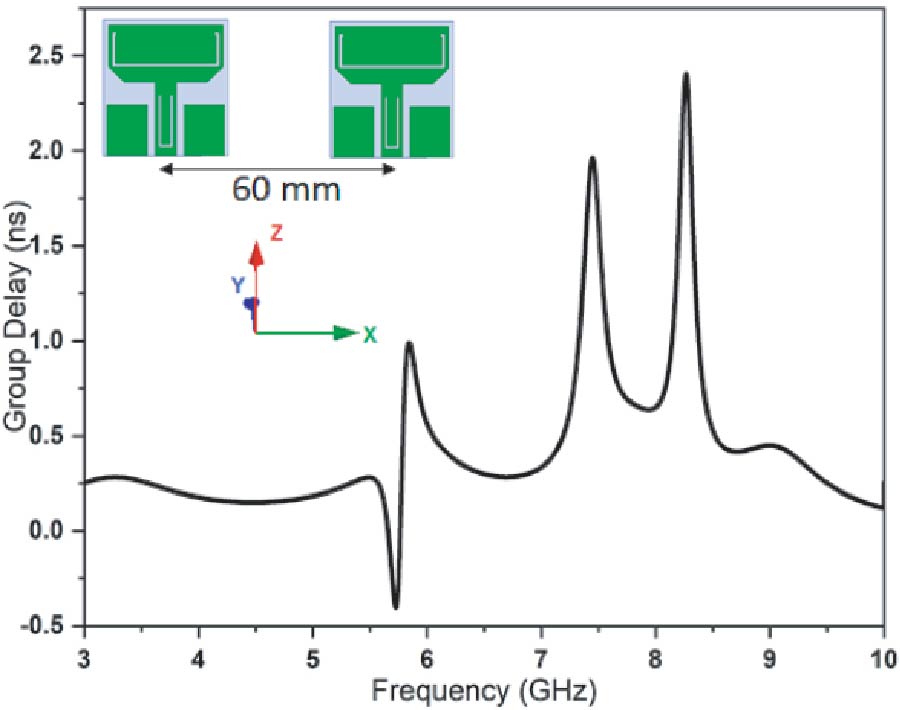2022-12-07 Latest Published
By Shailza Gotra
Vinay Shanker Pandey
Progress In Electromagnetics Research B, Vol. 97, 167-197, 2022
Abstract
A comprehensive overview of dielectric resonator antenna (DRA) is presented in this paper. Several techniques have been reported in the literature for the performance improvement of DRA. Over the past few decades, circularly polarized (CP) DRAs have been widely explored to mitigate multipath fading and polarization losses in comparison to linearly polarized (LP) antennas. Apart from this, high data transfer rate is required, which needs the development in the field of multi-input-multi-output (MIMO) antenna designs. This includes the increase in the channel capacity without exploiting the limited constraints like signal power and bandwidth. Thus, exploring the concept of MIMO in DRA along with the diversity performance features leads to the development in this field. Furthermore, to mitigate the conduction losses at THz and optical frequencies, high-efficiency DRA proves rationale in extending towards the higher frequency ranges. These scintillating features pave the path for efficient devices integration and on-chip applications at higher frequency ranges where the performance of metallic radiator degrades. Also, the dispersive properties of metal conductivity lead to plasmonic behaviour resulting in the dissipation losses at the optical frequencies. These losses can be substantially mitigated using DRAs. This can be efficiently realized for the future application that requires the manipulation of high-resolution light.









